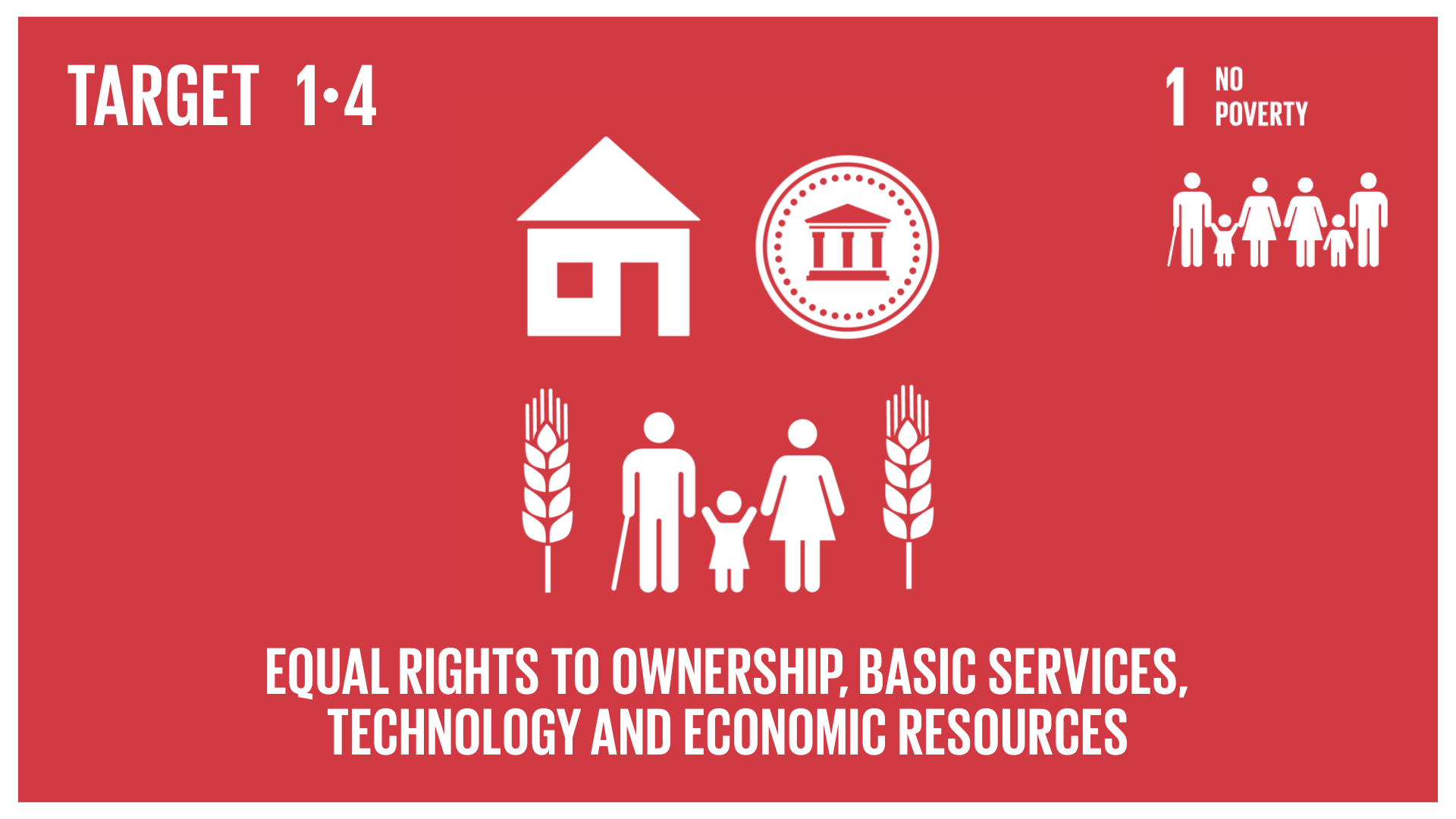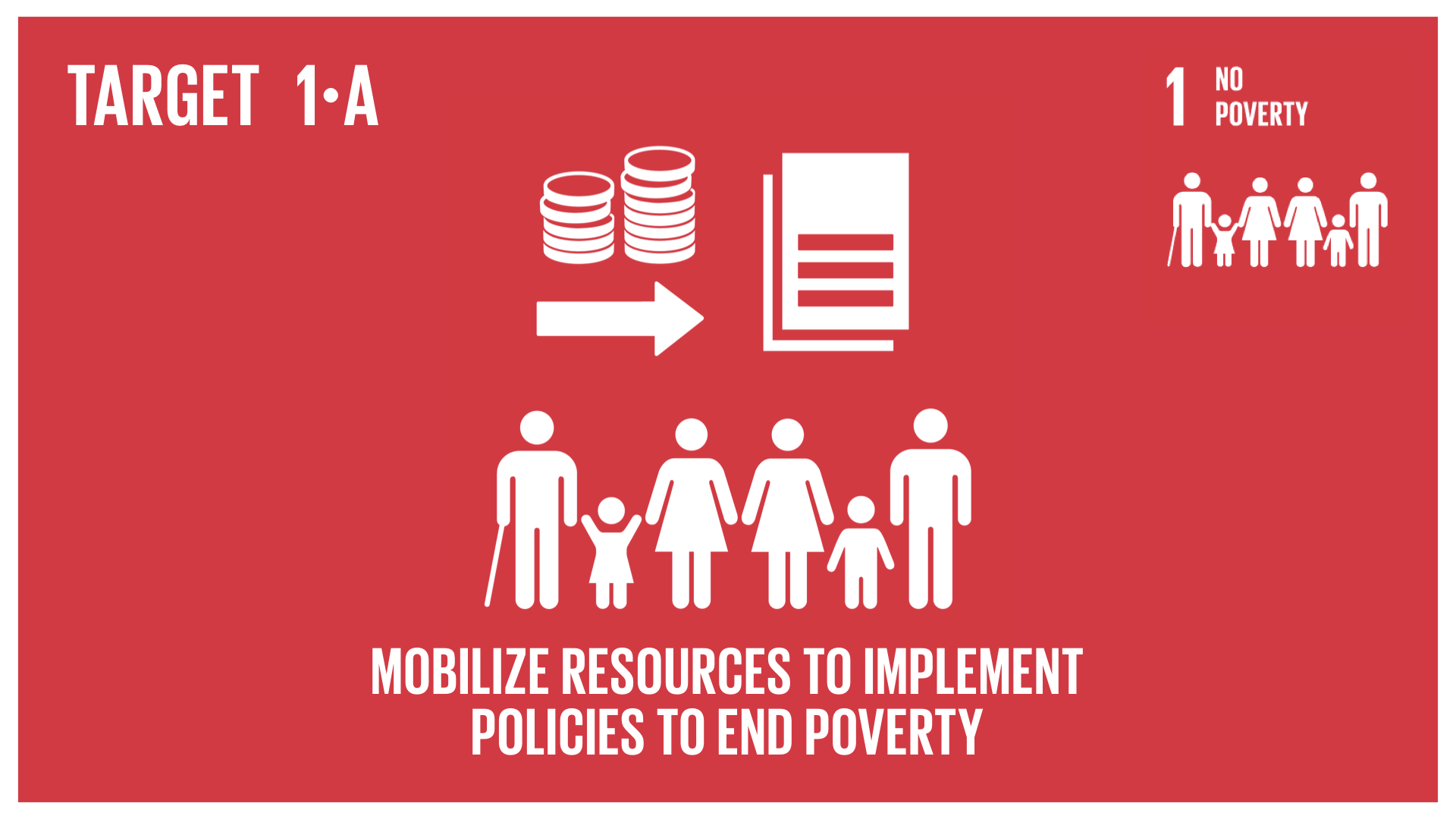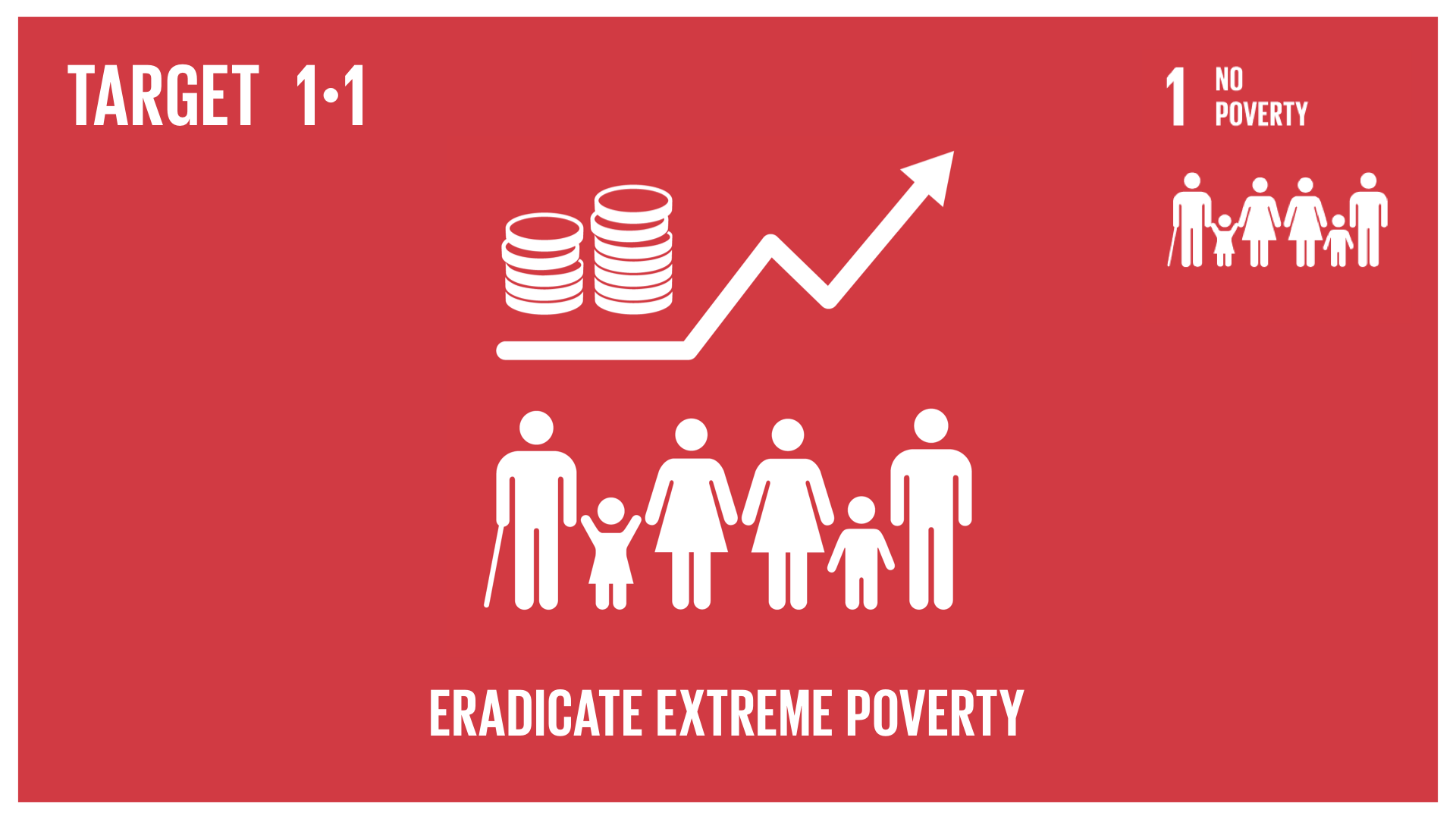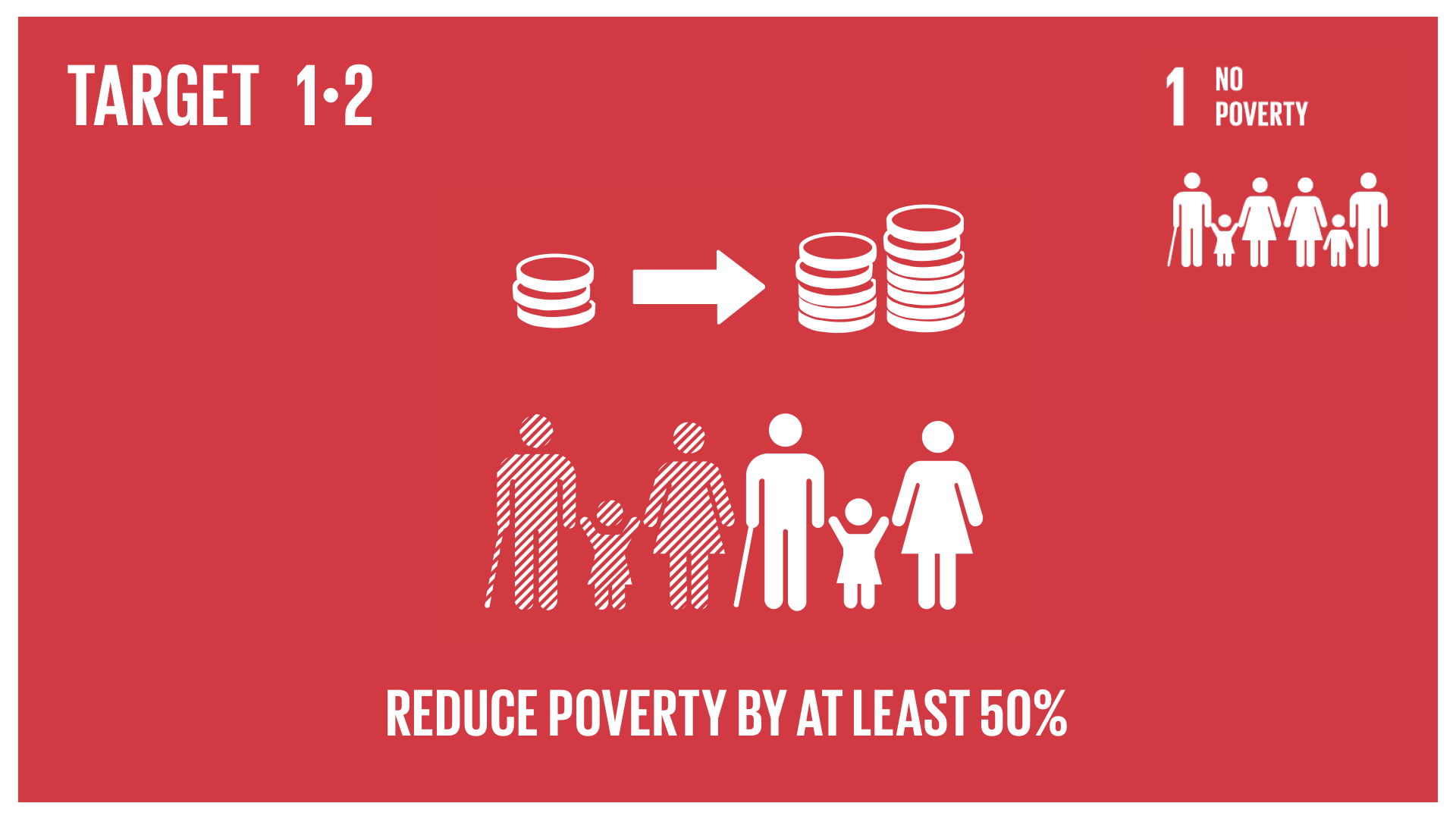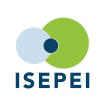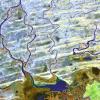Floods in Sudan - Space-based Flood Monitoring to Support Disaster Risk Management
In 2019, floods caused 43.5% of all deaths due to natural disasters and thereby represent the deadliest type of disaster with an increasing number of events compared to previous years (CRED, 2019). Floods furthermore lead to the highest number of people affected compared to other disasters as they affect human activities and the economy (CRED, 2019; Elagib et al. 2019).





